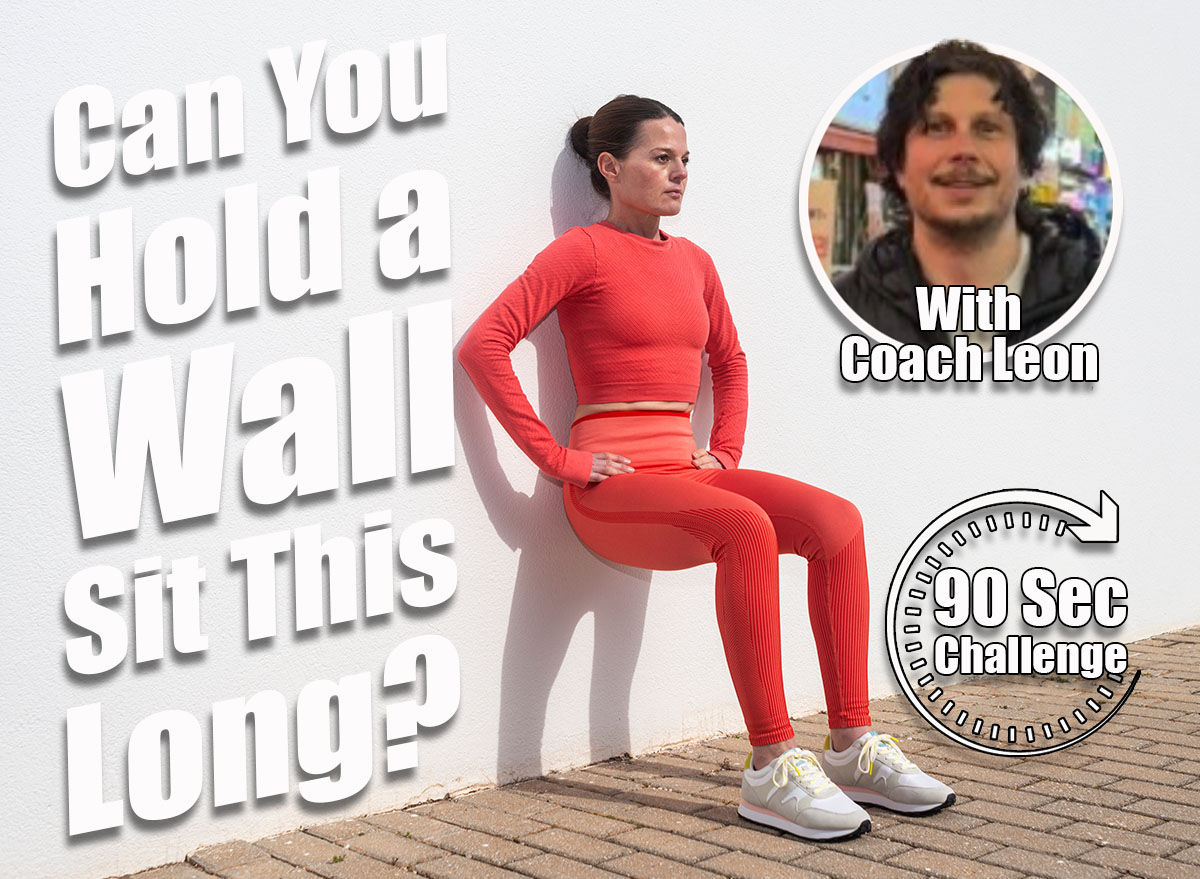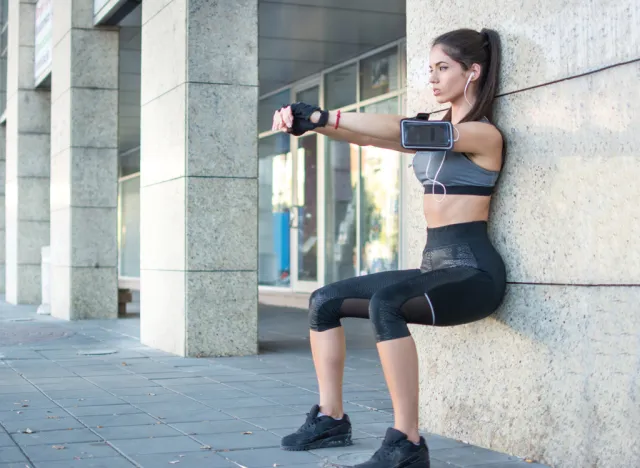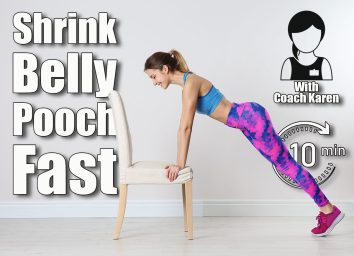If You Can Hold a Wall Sit for This Long, Your Leg Strength Is Elite After 60

The wall sit may seem like a simple exercise, but it’s a highly productive way to test your leg strength—especially after you hit 60. Unlike exercises that depend on flexibility or momentum, a wall sit isolates the muscles in your lower body and challenges you to remain steady under constant tension, explains Leon Veal, a level three personal trainer and head of nutrition and innovation at Styrkr.
“That type of strength is called isometric strength. And it’s essential for day-to-day stability, posture, and balance,” Leon explains. “Compared to movements like squats or chair stands, wall sits are more about endurance than explosive strength. But they’re incredibly functional. Holding your body still in this position, also helps train stability and control. Which can be even more useful than movement-based tests when it comes to preventing falls and maintaining independence.”
Integrating leg strength tests like the wall sit into your fitness routine is a great way to stay strong, fit, and independent—especially as you age, when the loss of lean muscle mass is more prevalent.
Below, Leon breaks down the “elite” wall sit time for individuals 60+ who want to test—and improve—their leg strength.
How Long To Hold a Wall Sit for Peak Leg Strength

A wall sit requires you to press your back flat against a wall, bending your knees to 90 degrees and holding the position as if you’re “sitting” in an invisible chair. If you’re able to hold a wall sit for a decent amount of time, this signals you have the muscular endurance and strength to stay mobile and active, Leon says.
“Holding a wall sit for more than 60 seconds and with correct form, is already impressive at any age,” He adds. “However, if you’re over 60 and can hit 90 seconds or more, that’s often considered an “elite” level of strength and endurance. For general benchmarks, a one-minute hold is a great goal for women, and around 90 seconds for men. Though any improvement from your personal baseline is a win.”
Primary Muscles Tested During a Wall Sit

The muscles performing “the heavy lifting” during this exercise include your hamstrings, quads, glutes, and calves.
“These muscles play a huge role in mobility, and everyday things like walking upstairs, getting in and out of chairs, or simply staying upright when you lose balance,” Leon explains. “Strength in these areas also supports your knees and hips, which is why wall sits are so good for long-term joint health.”








